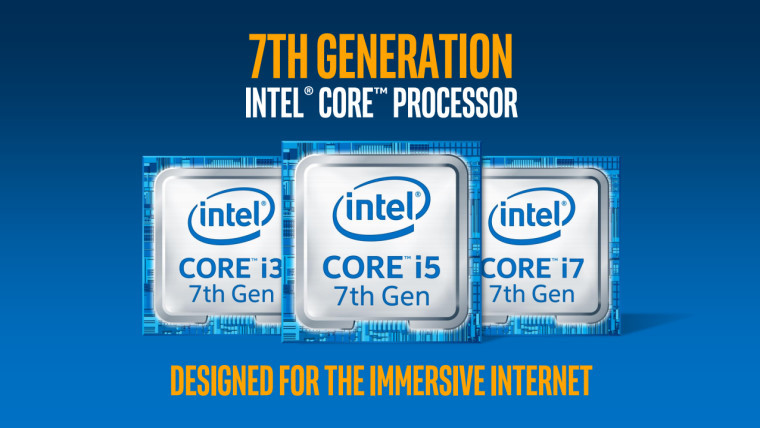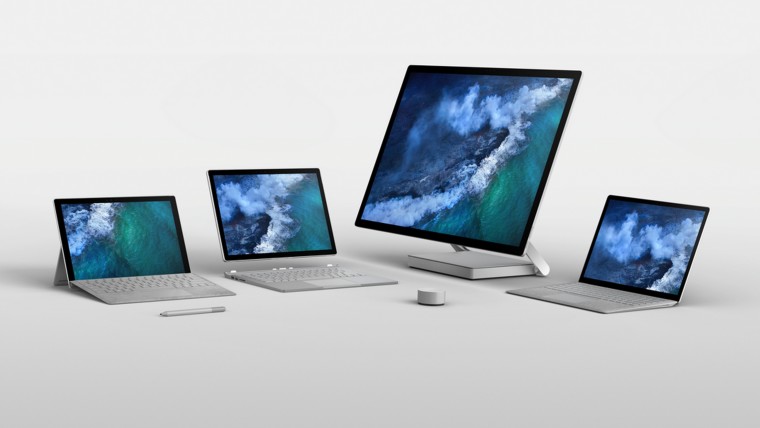
Earlier today, it was reported that Microsoft is working on a new, lower cost Surface tablet that's meant to compete with Apple's iPads. According to ZDNet's Mary Jo Foley, the device will include a Core M processor, along with 4GB RAM and 64GB of storage, starting at $400. There will likely be a 128GB storage tier as well, and a cellular option.
This will all come in a package with a 10-inch screen, is 20% lighter than the Surface Pro, and according to Bloomberg, offers four hours fewer of battery life. There's only one big problem, which is that this product makes no sense at all, from any angle.
Core M and USB Type-C
Core M currently comes in three main flavors, including the Core m3, and the rebranded i5 and i7 Y-series processors. Presumably, this device will use the lowest end Core m3. After all, that's already the CPU used in the entry-level Surface Pro.
According to Intel's own product listing, the Core m3-7Y30 costs $281, which is way too expensive for a $400 device, even if it's discounted for OEMs.
However, Intel hasn't yet announced its eighth-generation Y-series processors, and it's entirely possible that the company plans to reposition its 4.5W lineup. After all, Core M was originally introduced as an efficient chip that would allow OEMs to build PCs without fans. These PCs were underpowered though, and more and more companies have found ways to build such thin and light devices with a full 15W U-series processor.

But with a planned launch for this summer, likely in July, it's doubtable that Microsoft would want to be a launch partner for these new processors, even if Intel lowers its prices to try and position the Y-series as an Atom replacement. Microsoft was the first out of the gate with Intel's sixth-gen 'Skylake' processors in the Surface Pro 4 and Surface Book, and those devices had tons of problems. The company has been slow to adopt new Intel hardware ever since.
The device is also expected to use USB Type-C for charging. First of all, you can throw your Thunderbolt 3 dreams out of the window, as this is almost certainly USB 3.1 Gen 1. But still, Surface fans have been begging for USB Type-C for years now, and Microsoft finally included it in last year's Surface Book 2.
That's where one has to wonder though, how Microsoft will justify using USB Type-C to power a new low-end tablet when you can't even get the feature on a new Surface Pro or Surface Laptop. As with the Intel chips though, it's entirely possible that those devices could get refreshed by then, as they are very much due.
Where does it even fit in the lineup?
Microsoft's Surface brand has always been about making aspirational hardware that third parties can later imitate. That doesn't seem to be the case here, and even if Microsoft gets around the issues mentioned above, the question remains, why would the company even make this thing?

We've seen lower priced Surface tablets before. It started with the Surface RT, although at the time, that was showing off Microsoft's Windows on ARM efforts, not to be confused with today's Windows 10 on ARM. That lineup made it to Surface 3, an Intel Atom-based tablet that kind of served as a redemption for its predecessors.
The Surface 3 came out in 2014, and the product line has been dead ever since. After all, it never made sense for Microsoft to make a Surface 4, not when the Surface Pro starts at $799 these days, often discounted at an even lower price.
That base model Surface Pro includes a Core m3, 4GB RAM, and 128GB of internal storage, meaning that it's not too far off in terms of specs from this new cheaper Surface tablet.
One thing that would make a lot more sense is if it was an ARM device, using Qualcomm's Snapdragon 835 chipset. With Windows 10 on ARM and the ability to emulate Win32 apps, Microsoft has so far allowed third-party OEMs to show off the new technology. A Surface device using it could work, but that's not what this is. All reports are that it will use an Intel processor.
So there you have it. The Core m3 in its current iteration is too expensive, USB Type-C would be a burn to Surface Pro and Laptop customers, and the product doesn't make sense in the current Surface landscape. Microsoft has tried this before, and has ended up killing that line of devices.
To be honest, I wouldn't be surprised if this product is killed off before it ever sees the light of day.

















62 Comments - Add comment